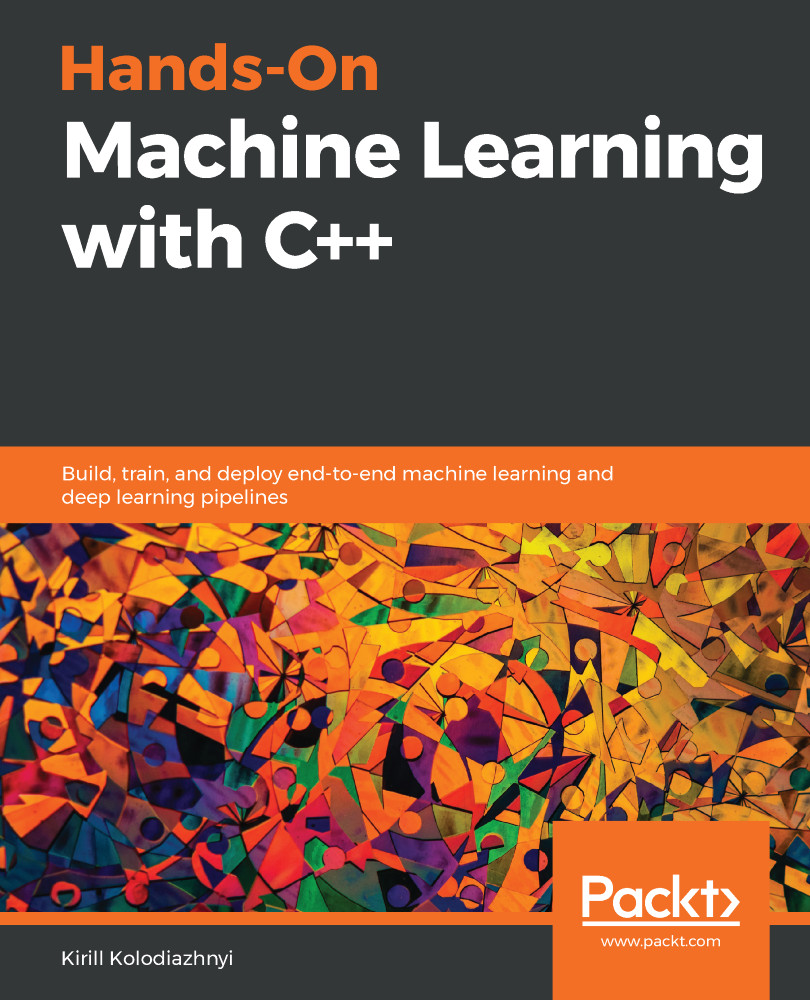In this chapter, we learned the basic principles of RNNs. This type of neural network is commonly used in sequence analysis. The main differences between the feedforward neural network types are the existence of a recurrent link; the fact it is shared across timestep's weights; its ability to save some internal state in memory; and the fact it has a forward and backward data flow (bidirectional networks).
We became familiar with different types of RNNs and saw that the simplest one has problems with vanishing and exploding gradients, while the more advanced architectures can successfully deal with these problems. We learned the basics of the LSTM architecture, which is based on the hidden state, cell state, and three types of gates (filters), which control what information to use from the previous timestep, what information to forget, and what portion of information...












































































